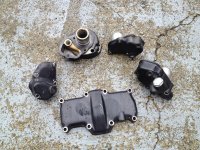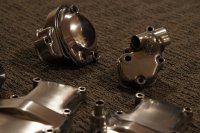schaubster
Been Around the Block
I recently had some parts polished by a gentleman i found on craigslist. My parts were dull and a bit scratched but not horrible. When i got them back they didnt look that good to me. Unfortunately i do not have much experience with polishing so i dont know what i should expect.
They looked shiny but i could see lots of light scratch marks in them. Should i expect them to be completely smooth?
I'll post some pictures later...
They looked shiny but i could see lots of light scratch marks in them. Should i expect them to be completely smooth?
I'll post some pictures later...









